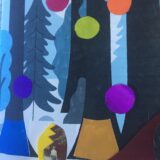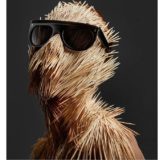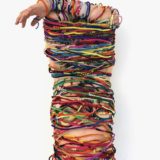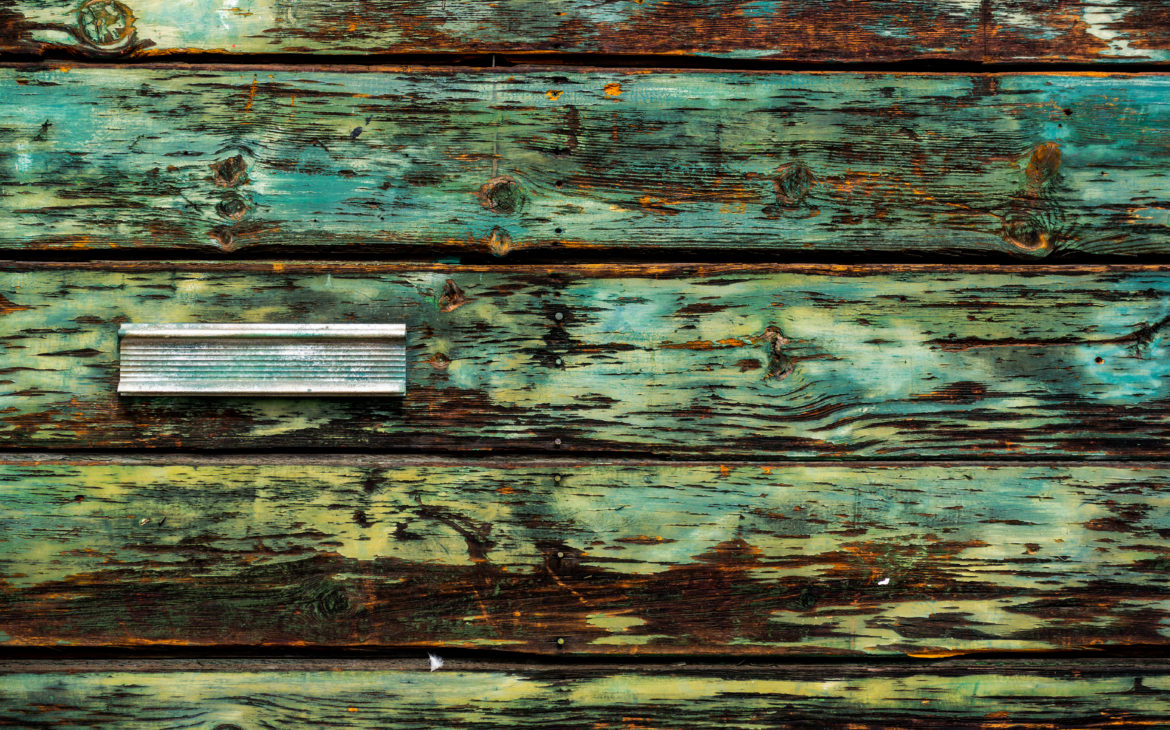The last few years have been very tough, a shit show, exhausting…..Shall I go on?
Seth Godin writes about persisting in the creative journey of making things of value. “In the last few years, though, resistance has been spreading as a cultural norm. Ennui, eco-anxiety, marketplace exhaustion and justified frustration with systems of caste and injustice have all amplified resistance. It feels like culture and tech have both hit a cul de sac, and it’s easier to simply chill out.
This serves the defenders of the status quo, but distracts us from the journey.”
Persisting in the “what if” of possible futures is both personal and collective.
“What if”? is a question that fiction, poetry, music and the visual arts ask in order to open doors for the imagination. Sometimes the underlying rules that structure the world are questioned.
Half a century ago Ursula Le Guin was posing questions about the future in her novels, but she said, it was really about the present. The stories posed challenge the reader by structuring future worlds in ways that challenge our conscious and unconscious assumptions, such as:
What if a capitalist planet had a moon on which there was a society with no laws and no private property?
What if people were gender-neutral most of the time, but changed between male and female at random?
Didn’t you realize that the person you thought was an alien is actually from Earth?
Colin Burrow, in discussing Le Guin’s work, notes that her stories were often from the point of view of outsiders who don’t quite understand the world in which they find themselves. So they get stuff wrong even when they want to get things right, missions fail, and people don’t understand.
“In these imaginative worlds, one of her core ideas is civilization is not about conquering planets or travelling faster than the speed of light. Rather it is about keeping going even when you think you are lost, recognizing that living means keeping children alive, growing fruit trees, watching things change and tending the goats”.
Challenging assumptions, by posing what if questions are the basis for new worlds in the present. Sometimes this is a lonely experience, feeling like an alien in the crowd, but there are actually many of us.
The writer Mary Ruefle recalls a very personal anecdote about imagination.
“Emily Dickinson who had an amazing imagination, as did her nephew, who came home from school one day in tears, having been berated by his teacher–perhaps even whacked–for having told the class about the white goat who lived in the attic. He was attacked for being a dreamer, a liar, someone who made things up. Upon hearing this, Emily was furious, beside herself with fury, and said that the teacher could come to the house and see for herself the white goat in the attic, for indeed it lived there, Emily had seen it, there it was, munching a pile of grass under the beams.
This anecdote is the only thing I remember from reading a five-hundred-plus-page biography of the poet. I am not even vaguely interested in the men, or the women, or any of that other stuff. I am interested in the goat, whom I love as if it were mine own, even though I don’t have an attic, I have a place in my head where it can live, and go on living, as I feed it daily with mounds of fresh cut grass. Over the years, it has been given a blue ribbon round its neck, from which dangles a silver bell.
All I can tell you is that at long last I am myself and free, even if isolated, and I am happy when I want to be and sad when I feel like it, and about the only thing that troubles me is knowing how many people on earth do not have that privilege, some for external reasons and some for internal ones, and to these I bow and for these I pray.
And then I hear a little bell and go up to the attic and put my arms around a goat.”
Be well,
Marlene
Photography by Rinzi Ruiz, @rinzizen, rinziruizphotography.com



